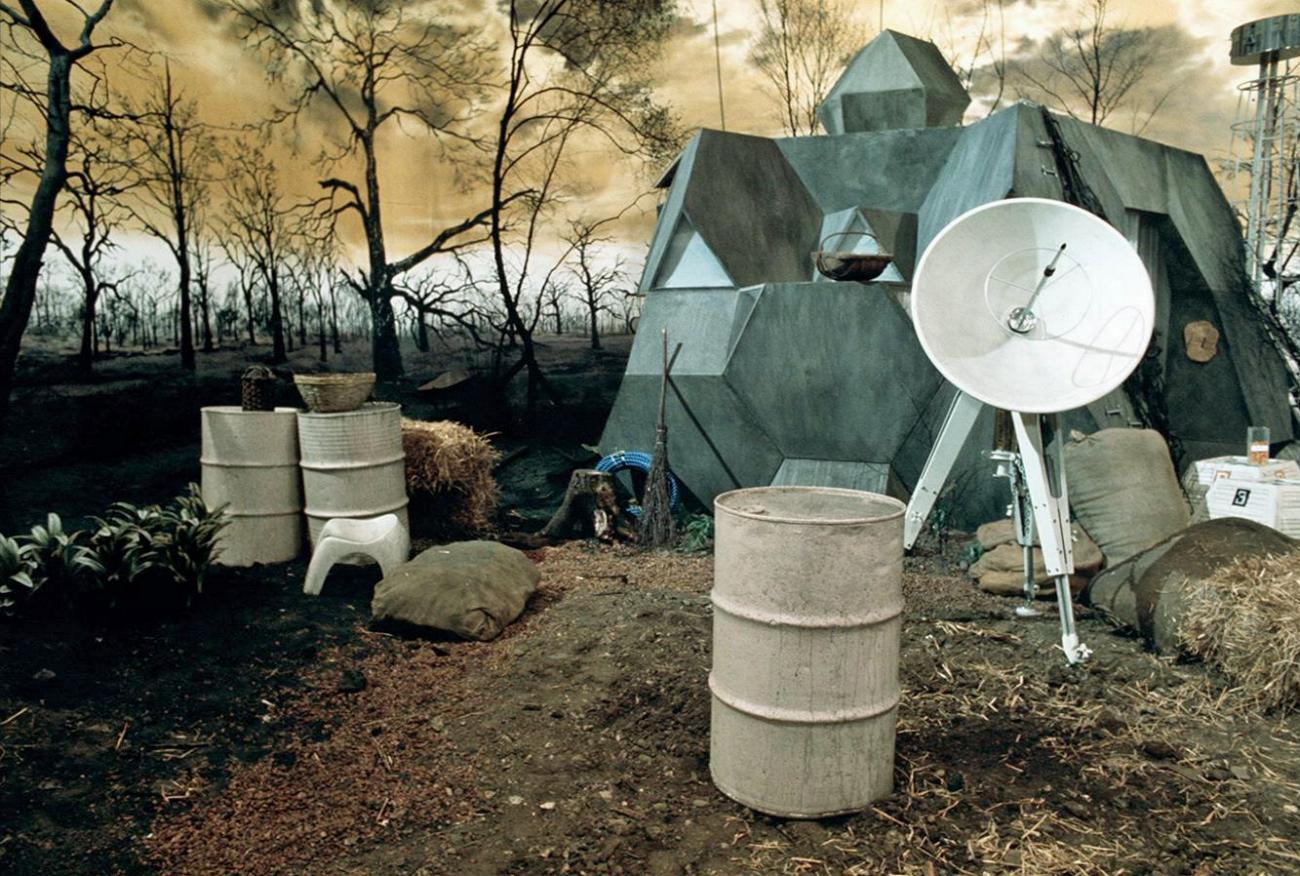

Hu XT, Qin ZY, Chu FL (2011) Damage detection in plate structures based on spacetime autoregressive moving average processes, In 9th International conference on damage assessment of structures. Guo LZ, Billings SA (2007) Detection of fatigue cracks in a beam using a spatio-temporal dynamical system identification method. Gehman AJ, Wei WWS (2021) Testing for poolability of the space-time autoregressive moving-average model.

Holden-Day, San Fransiscoĭalezios NR, Adamowski K (1995) Spatio-temporal precipitation modelling in rural watersheds.
#Space in time venue series
J Time Ser Anal 27:767–791īox GEP, Jenkins G (1970) Time series analysis, forecasting and control. This manuscript has not been submitted to, nor is under review at, another journal or other publishing venue.Īntunes AMC, Rao TS (2006) On hypotheses testing for the selection of spatio-temporal models. The average mean absolute percentage error (MAPE) of the proposed model for all locations considered was 1.78, whereas the average MAPE of the conventional STARMA model and the ARIMA model were 2.09 and 4.39, respectively. For both datasets, the proposed fuzzy rule–based weighted STARMA model was found to be superior to the STARMA as well as the autoregressive integrated moving average (ARIMA) models. To validate the proposed model, it was used to look at similar space–time temperature data from nine districts in the Indian state of Karnataka from January 2000 to December 2016. Using spatial–temporal temperature series data from seven districts in West Bengal, India, from January 1998 to December 2013, the proposed approach was empirically illustrated. The FIS weights are calculated using the crow distance between the central points of the sites and the time series correlation. In this study, an improved STARMA model based on the weight matrix of a fuzzy inference system (FIS) has been proposed to address the issue. Hence, there is a need to develop a new weight matrix that is statistically sound and can address the shortcomings of the uniform matrix. One of the major disadvantages of uniform spatial weight matrices is that they do not account for spatial dynamics and heterogeneity. The uniform weightage scheme is the most commonly used weight assigning method in the development of spatial weight matrices. Using a spatial weight matrix, the STARMA model incorporates the spatial effects of neighboring sites into the model. For modeling and forecasting spatiotemporal time series data, STARMA (space–time autoregressive moving average) models are widely used. Because of the existence of a spatiotemporal pattern, temperature forecasting is one of the most difficult tasks in this context. Temperature is one of the most significant climatic factors on agriculture and allied industry output. In an agriculturally dependent country like India, efficient and reliable forecasting techniques for various climatic parameters are essential.


 0 kommentar(er)
0 kommentar(er)
